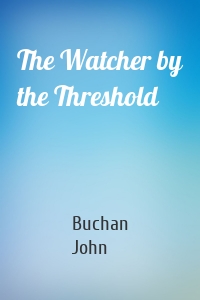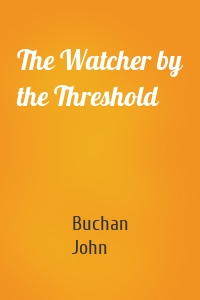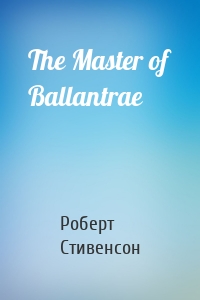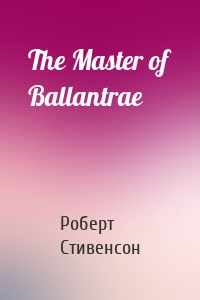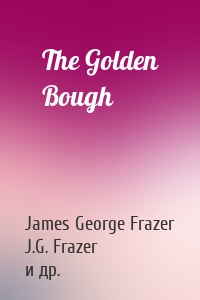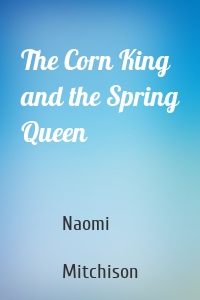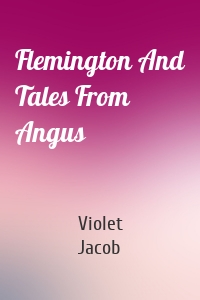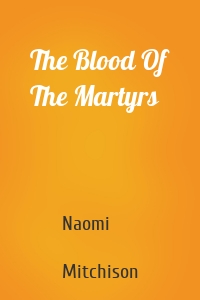Серия "Canongate Classics"
79 кн.Скачать лучшие книги серии Canongate Classics - автор Группа авторов в формате fb2 или читать онлайн, бесплатно и без регистрации. Читаемые, полные версии книг, без сокращений - на сайте Knigism.online. Скачать книги полностью в количестве 79 шт.
Wild Harbour
Introduced by John Burns. This is the world of universal future war. Faced with the threat of bombs, bacteriological warfare and poison gas, a married couple whose pacifism compels them to opt out of ‘civilisation’, take to the hills to live as fugitives in the wild. Plainly and simply told, Wild Harbour charts the practical difficulties, the successes and failures of living rough in the beautiful hills of remote Speyside. In this respect the book belongs to a tradition of Scottish fiction...
| Автор | Ian MacPherson |
Witch Wood
Introduced by Christopher Harvie. Set against the religious struggles of seventeenth-century Scotland, with Montrose for the king against a convenanted kirk, John Buchan’s Witch Wood is a gripping atmospheric tale in the spirit of Stevenson and Neil Munro. As a moderate Presbyterian minister, young David Sempill disputes with the extremists of his faith. All around, the defeated remnants of Montrose’s men are being harried and slaughtered by the faithful, and Sempill’s plea for compassion,...
| Автор | Buchan John |
The Watcher by the Threshold
Edited and introduced by Andrew Lownie. ‘The short story is the real form’ John Buchan This is the first ever complete collection of all Buchan’s shorter Scottish fiction. Set largely in his beloved Borders, these stories and novellas show the full range and depth of Buchan’s writing. Featuring shepherds, poachers, gamekeepers and drovers, they are worlds away from the tales of aristocratic adventure with which he is so often associated. Shot through with characters and places he returned...
| Автор | Buchan John |
The Golden Bough
James George Frazer, J.G. Frazer и др.
The Golden Bough is a wide-ranging, comparative study of mythology and religion, written by the Scottish anthropologist Sir James George Frazer. The book documents and details the similarities among magical and religious beliefs around the globe. Frazer attempted to define the shared elements of religious belief and scientific thought, discussing fertility rites, human sacrifice, the dying god, the scapegoat, and many other symbols and practices whose influences had extended into 20th-century...
| Автор | James George Frazer, J.G. Frazer и др. |
The Gowk Storm
Introduced by Edwin Morgan. A ‘gowk storm’ is an untimely fall of snow in early Spring – a fitting symbol for the anguished story that unfolds. Nearly a hundred years ago, three girls were born to a minister and his wife in a remote Highland manse; the rigid patriarchal structure of the times is set against their approaching womanhood and growing awareness of life beyond the safety of home. After the disposal by marriage of the eldest, the sisters’ lives reach a new level of intensity....
| Автор | Nancy Brysson Morrison |
The Corn King and the Spring Queen
Introduced by Naomi Mitchison. Set over two thousand years ago on the clam and fertile shores of the Black Sea, Naomi Mitchison’s The Corn King and the Spring Queen tells of ancient civilisations where tenderness, beauty and love vie with brutality and dark magic. Erif Der, a young witch, is compelled by her father to marry his powerful rival, Tarrik the Corn King, so becoming the Spring Queen. Forced by her father, she uses her magic spells to try and break Tarrik’s power. But one...
| Автор | Naomi Mitchison |
Imagined Selves
This volume gathers together some of the real and the imagined lives of Willa Muir, one of the finest and fiercest intellectuals of her generation. Her writing is rich with paradox – although obsessively Scottish in subject and style, she resented Scotland; although a trenchant champion of feminism, she voluntarily sacrificed her identity to that of the 'poet's wife'; and although she was a committed reformer, she never aligned herself with any political or ideological...
| Автор | Willa Muir |
The Canongate Burns
A complete volume of the writer's poetry and songs includes previously unpublished pieces, draws on extensive scholarship and Burn's own letters, and offers supplemental information about his life, early hardships, political beliefs, and literary contexts.
| Автор | Robert Burns |
The Blood Of The Martyrs
Introduced by Donald Smith. Set in Rome during Nero’s reign of terror, The Blood of the Martyrs is a disciplined historical novel tracing the destruction of one cell of the early church. With a cast of slaves, ordinary Roman people, exiles and entertainers, it is thorough in its historical interpretation and in its determination to make the past accessible and readable. Written in 1938-9, the novel contains many symbolic parallels to the rise of European fascism in the 1930s and the...
| Автор | Naomi Mitchison |





